The middle deltoid is one of the most influential and often overlooked muscles. The middle deltoid is the middle part of the deltoid group and is the muscle that makes the shoulders look outward. The middle deltoid is crucial to a toned body and you need to give it the attention it deserves.
To build up the middle deltoid, you need 2-3 days of 60-100 reps per day of concentrated training. Vertical push-up movements are not enough on their own.
Make sure you add the following movements to your routine to maximise the deltoid mid-bundle.
1. Neck press
Unlike the behind-the-neck press, the behind-the-neck overhead push is a good movement. As you move the barbell behind the neck, the focus of the movement shifts from the anterior deltoid bundle to the middle deltoid bundle.
Lighten the weight a little, put your grip a little wider than usual and take your time. You may need a few sets to find your best form and no one wants to knock themselves out with the barbell hitting the back of the head.
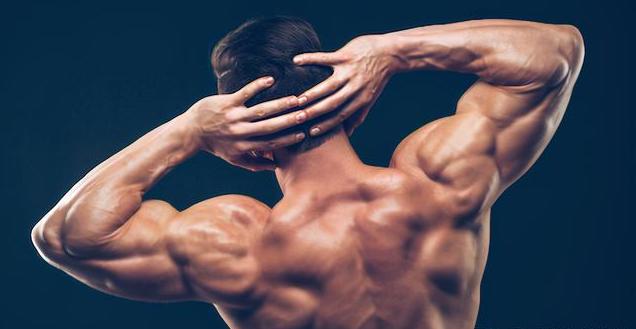
2. Arnold Push-Up
The Arnold push is like a seated dumbbell overhead press, but it requires a full range of motion in the shoulders, which is a big reason why Arnold can build big, broad shoulders.
It's a compound lift, so put it at the start of your shoulder workout and then do the isolation movements.

3. Behind-the-back rope side planks
This is by far the best isolation movement for the triceps mid-bundle.
The reason for this is that unlike the dumbbell side planks, the ropes provide constant resistance so there is no need to throw the weight up. It is done behind the back with the body leaning forward so that the triceps mid-bundle is parallel to the floor, which ensures that the triceps mid-bundle does most of the work.
Take your time with this movement and use a lighter weight so that you can apply pressure to the medial deltoid without involving the other muscles.
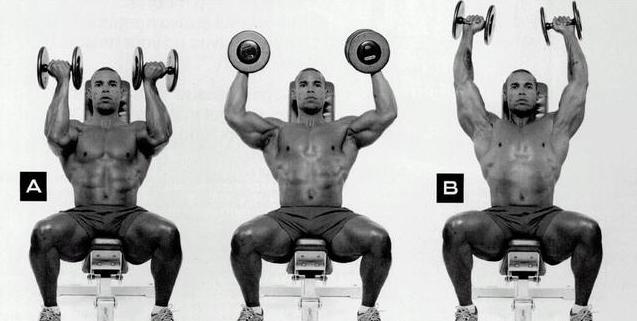
4. "W" lifts
Grab an upward sloping bench, prepare a pair of light dumbbells and sit across the bench on your stomach.
Do side planks with the arms slightly bent, forming a "W" shape with the body at its highest point.
The advantage of this movement is that it removes the power. You need to use lighter dumbbells than normal dumbbells, which is a good thing because then you don't throw the dumbbells up.
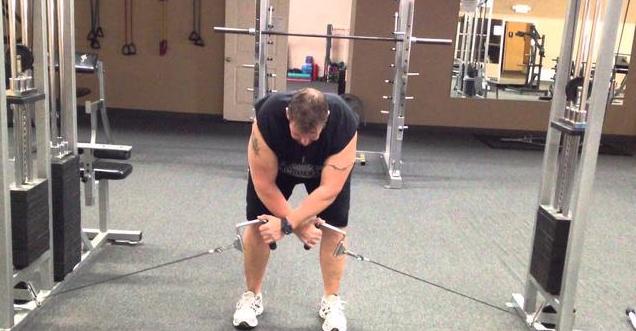
5. One-arm dumbbell upright row
I put the one arm dumbbell row in the list because it is an isolation movement that can be done with large weights. When stimulating muscle growth, it needs to be trained with all angles, rep ranges and resistance.
Most deltoid isolation movements call for light weights, but the one-arm dumbbell upright row is not.
One arm at a time allows you to focus on a good range of motion as it is not limited by the other arm.
Holding the dumbbell in one hand and supporting it on the rack with the other, lean forward and raise the dumbbell to chest height, focusing on pulling with your elbow.
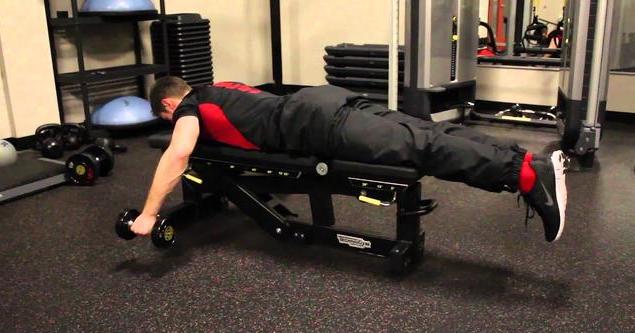
6. Single arm side planks
Most people perform side planks with two dumbbells at the same time.
This is wrong.
A better version of the movement is to focus on one arm at a time. This allows us to move with heavier weights over a greater range of motion and also with better control.
This movement brings three benefits at the same time.
The free hand can also hold a dumbbell to balance the working arm, but resist the urge to lift both dumbbells at the same time.
Make sure you lean your body forward 10-15 degrees, keeping a slight bend in your elbow.
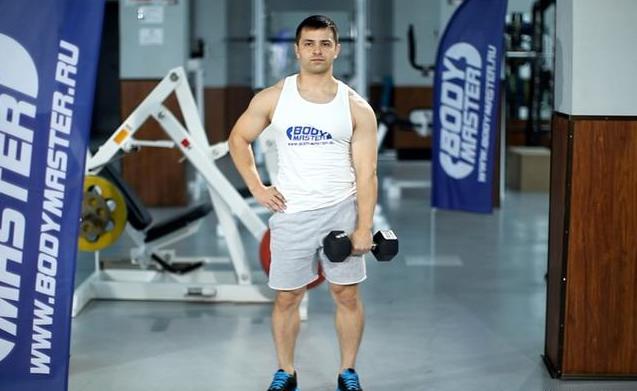
Popular Articles
-
A sexy workout is a sexy workout, Korean beauty takes you to the gym to get a sexy body

-

Photos
The ten highest peaks in the worldJan 08, 2025
-
 Cold mixed chrysanthemum for clearing heat and removing fire
Cold mixed chrysanthemum for clearing heat and removing fireJan 08, 2025
-
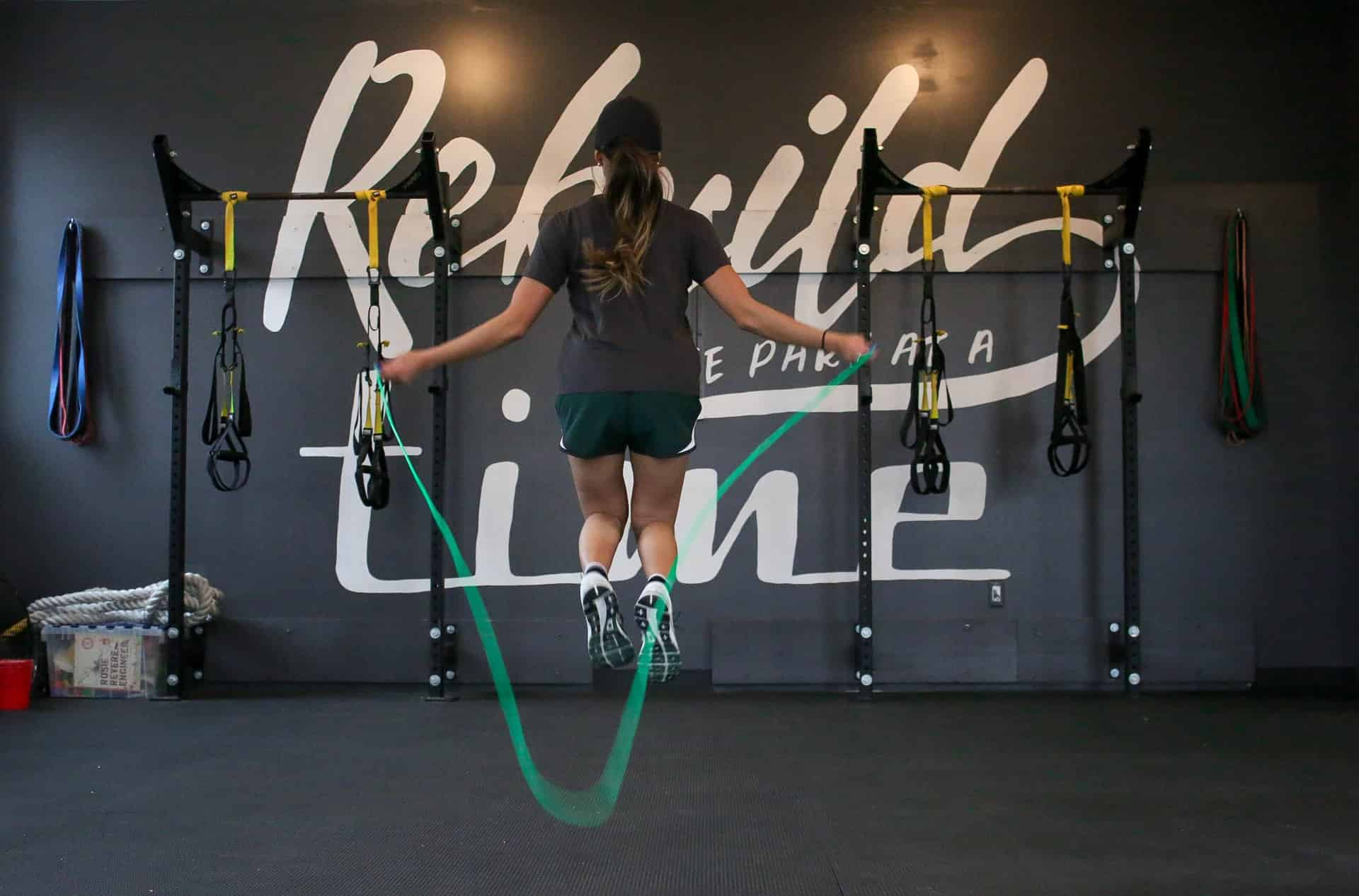 Jumping rope to lose weight should pay attention to these 6 things, do you know?
Jumping rope to lose weight should pay attention to these 6 things, do you know?Jan 08, 2025
-
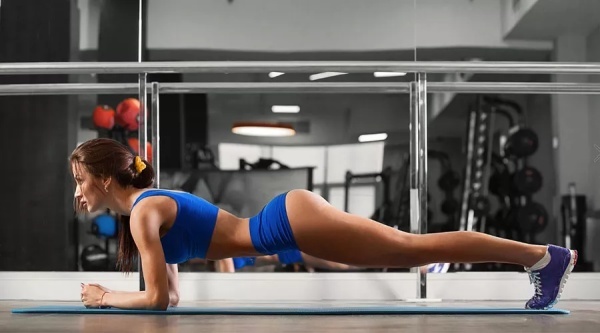 Fitness Equipment | How to choose a suitable for their own yoga mat?
Fitness Equipment | How to choose a suitable for their own yoga mat?Jan 08, 2025
-
 If you are lazy, it is recommended to have these good things at home, more conducive to life, more happy!
If you are lazy, it is recommended to have these good things at home, more conducive to life, more happy!Jan 08, 2025







Comments
0